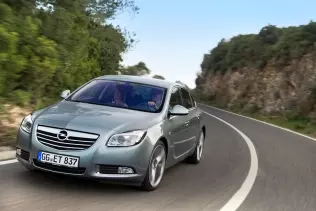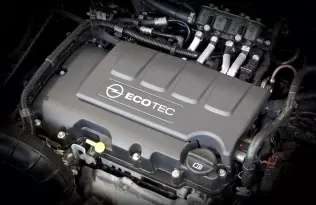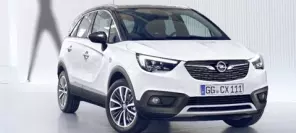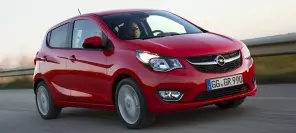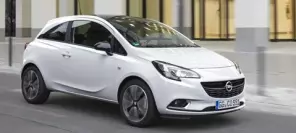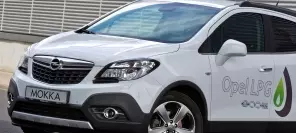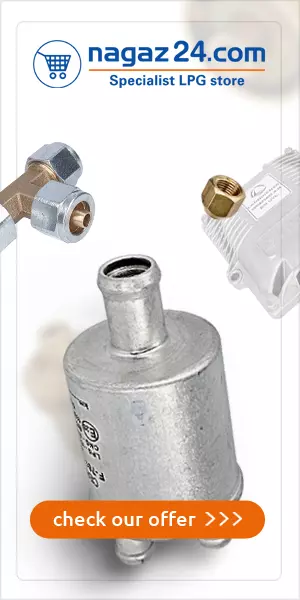- Main page
- Search
- Up to date
- Products
- Technology
- Vehicles
- Video
- Conversion Payback Simulator
Port Injection - Conversion Payback Simulator
Direct Injection - Conversion Payback Simulator
Diesel - Newsletter
Opel Insignia ecoFLEX - autogas goes premium
 loading results...
loading results...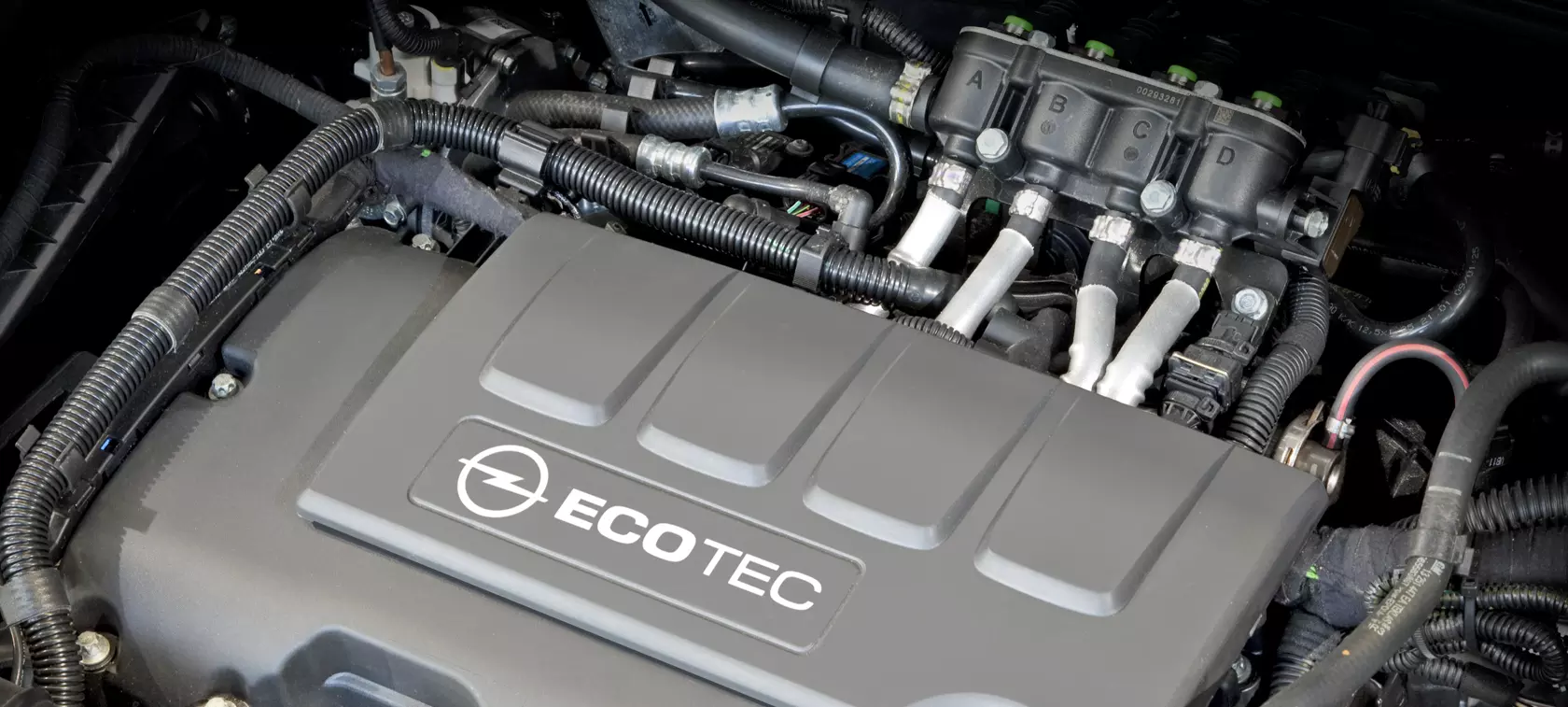 © GM Poland
© GM Poland According to the manufacturer, the LPG-powered Opel Insignia with the ecoFLEX pack (the main feature of which is a start/stop system) needs as little as 7,6 l of gas per 100 km and emits 124 g of CO2/km. A petrol-powered equivalent, with the same 1,4 l turbo engine with 140 PS, consumes 5,6 l/100 km, but spits out 132 g/km. Without the ecoFLEX pack, the Insignia 1,4 turbo uses 7,4 l of petrol per 100 km and produces 174 g of CO2 per km. All this means that running an Insignia LPG ecoFLEX costs only 2/3 of what it takes to quench the thirst of the petrol variant with the coFLEX pack and merely a half of what needs to be spent on the regular variant. All 1,4 turbo Insignias, regardless of the fuel they run on, comply with the Euro 5 emission standard.
It is always nice for us to mention that a Polish company – STAKO in this case – is the exclusive supplier of LPG tanks for the Insignia, as well as for all the other autogas-powered Opels. The toroidal tank in the Insignia is placed inside the spare wheel well and is 220 mm high and has a diameter of 630 mm. This translates to 60 l water capacity and 48 l useful capacity. Given the factory consumption value is not too optimistic, average range should be a decent 630 km. The LPG filling valve is located near the petrol filler, under the same flap.
We are introducing LPG as an alternative fuel option due to ecological reasons (15% less CO2 compared to petrol, 80% less nitrogen oxides compared to diesel and virtually no particulate matter). The range-extended electric Ampera and our CNG offerings (both Zafiras and the Combo) make a point that Opel consciously and responsibly treads the path towards sustainability. At the beginning of May 2012, we commissioned our dealers to include at least one LPG-powered Corsa and Astra on permanent display. We also prepared informative leaflets and launched a dedicated website.
The engines of our autogas models are equipped with specially hardened valves and valve seats. The LPG systems are fully integrated into the vehicles' electronics (in terms of fuel level indication, diagnostics and calibration) and suspensions have been slightly stiffened (due to the extra weight generated by LPG tanks). Filling valves have been fitted into the petrol filler space and the LPG/petrol switch has been aesthetically integrated into the dashboards. The entire system is perfectly functional and looks like a legitimate factory option, not an aftermarket conversion.
Przemyslaw Byszewski, PR Director Opel Poland
The petrol/LPG switch has been integrated into the center console, where it is easily accessible and gives the driver choice of which fuel to use. When driving on autogas, a diode lights up in the switch (it turns off when the LPG system is deactivated). The fuel level indicator is common for autogas and petrol.
Just like other ex-factory LPG-powered models, Insignias are converted in a specialised facility called Opel Special Vehicles, located near the company's mothership in Rüsselsheim. The conversion centre's expertise and experience allow the manufacturer to give the same 2-year warranty for the autogas system as for the entire vehicle. According to Opel, the LPG model range will keep growing – an autogas-powered version of the latest Mokka crossover.
The debut of the Insignia ecoFLEX LPG confirms the growing interest in brand new autogas cars. Opel has been offering such models for years now, but maybe this new wave of expansion will convince other importers and manufacturers to include dedicated LPG vehicles in their ranges. Especially that there is a number of models available outside Poland without limitations, but when it comes to selling them over here, importers tend to say autogas conversions are strictly prohibited for technical and technological reasons. We are looking forward to a gust of wind of change.
Zobacz stronę producenta:
LandiRenzoYou may also find these interesting:
 loading results...
loading results...
